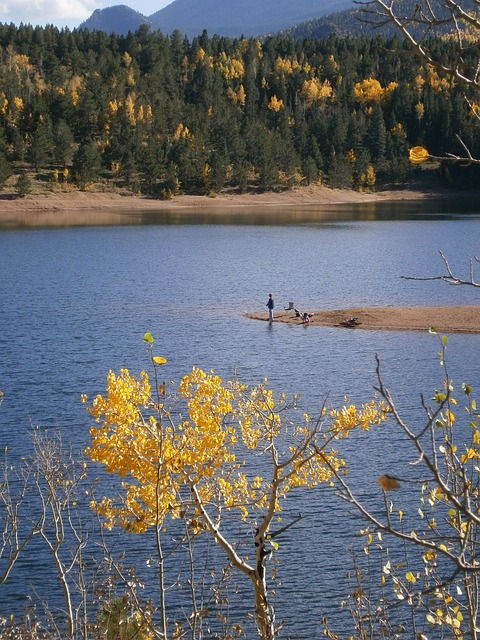S is for Shade
- jodiwebb9
- Apr 22
- 2 min read

When I started gardening all I had was sunny spots. There were absolutely no trees. It was just a big empty field with a house plopped in the middle. then we decided to add some trees and bushes and they GREW. thanks to a crabapple and flowering pear, just about everything in the butterfly garden was suddenly drooping because there wasn't enough sun.
After years of gardening, I felt like I was starting from scratch, learning how to garden in the shade. Even I knew that the go-to plant for shady spots is hostas. Except I hate hostas. But, since they were easy I did add a few. They thrived. and when I say thrived, I mean they turned into monsters so big I wasn't sure where one hosta ended and another began. I was constantly trying to divide or dig up baby hostas and move them to a new spot. So, too much of a good thing. Despite my hosta success I still felt that shade gardens were, well...boring.
Since flowering plants for shade spots are limited I needed something that was colorful (but not green) all season. My grand discovery was Coral Bells (heuchera). If you haven't tried these for your shady spots I highly recommend them. Although they come with green leaves, you can also find varieties with silver, yellow, orange, red and deep purple leaves. there are also varieties that combine colors, such as green leaves with red veins (check out Red Lightning). And the purple varieties looks great next to hostas!
So if you are managing a shady garden, don't despair. You can have color beyond bleeding hearts, lily of the valley and impatiens.





Comments